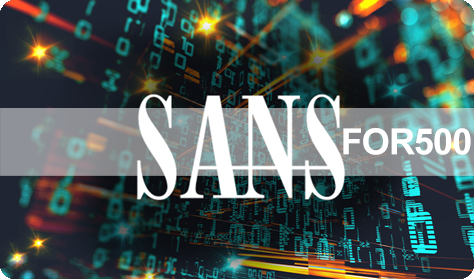- تماس: 02166013455

FOR500.1: Digital Forensics and Advanced Data Triage
FOR500.2: Registry Analysis, Application Execution, and Cloud Storage Forensics
FOR500.3: Shell Items and Removable Device Profiling
FOR500.4: Email Analysis, Windows Search, SRUM, and Event Logs
FOR500.5: Web Browser Forensics
FOR500.6: Windows Forensics Challenge
همه سازمانها باید خود را برای جرایم سایبری که در سیستمهای رایانهای و در شبکههای شرکتی رخ میدهد، آماده کنند. شرکت ها، دولت ها و سازمان های مجری قانون به طور فزاینده ای به متخصصان جرم شناسی آموزش دیده برای انجام تحقیقات، بازیابی اطلاعات حیاتی از سیستم های ویندوز و در نهایت دستیابی به علت اصلی جرم نیاز دارند. برای کمک به حل این موارد، لایتک از طریق سرفصلهای آموزشی SANS در حال آموزش کادر جدیدی از بهترین متخصصان جرم شناسی، پاسخ دهندگان حوادث و کارشناسان بهره برداری رسانه ای است که می توانند اتفاقاتی را که در سیستم های رایانه ای رخ داده است را ثانیه به ثانیه جمع آوری کنند.